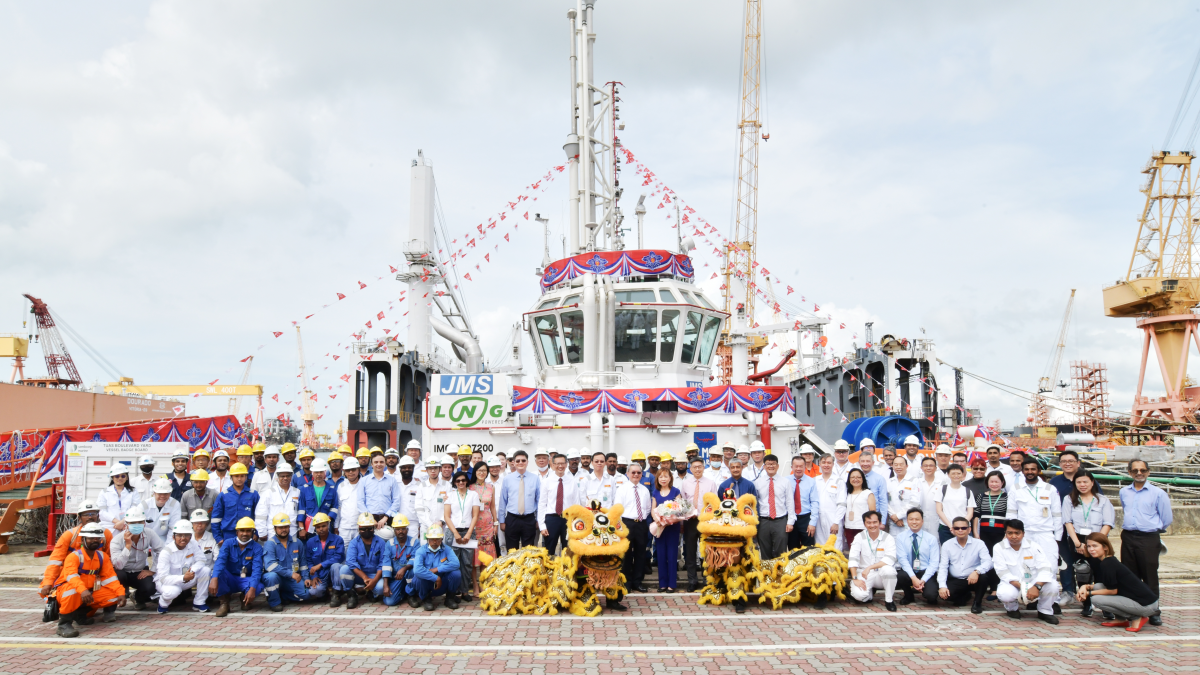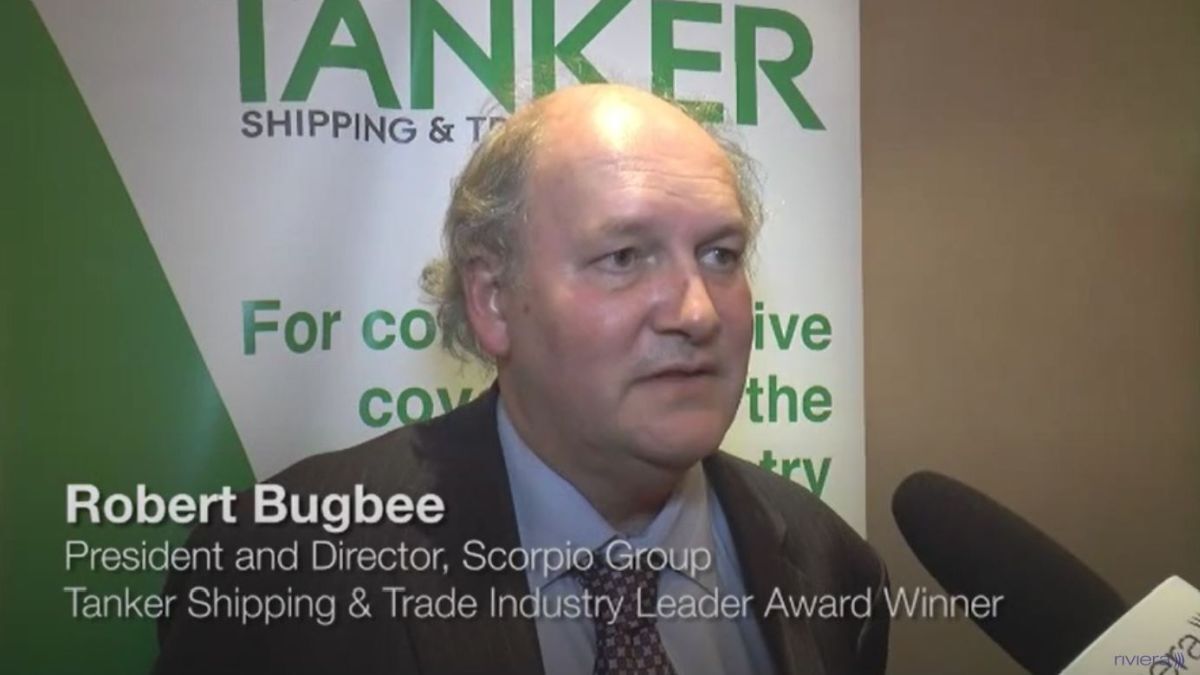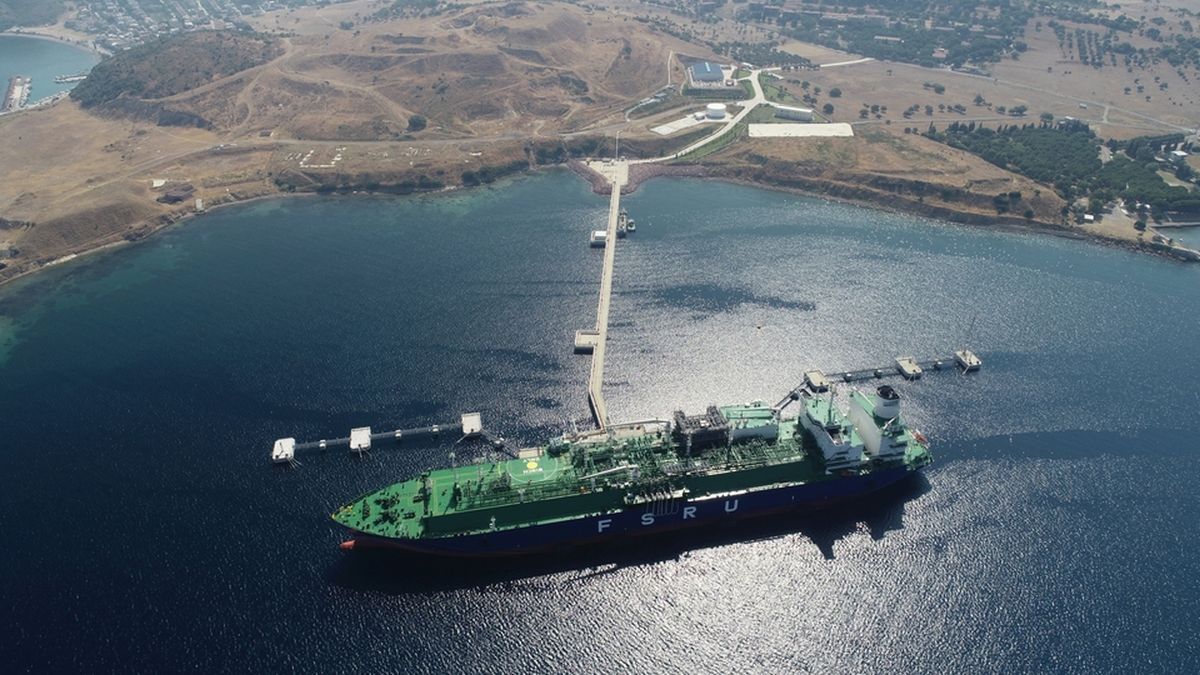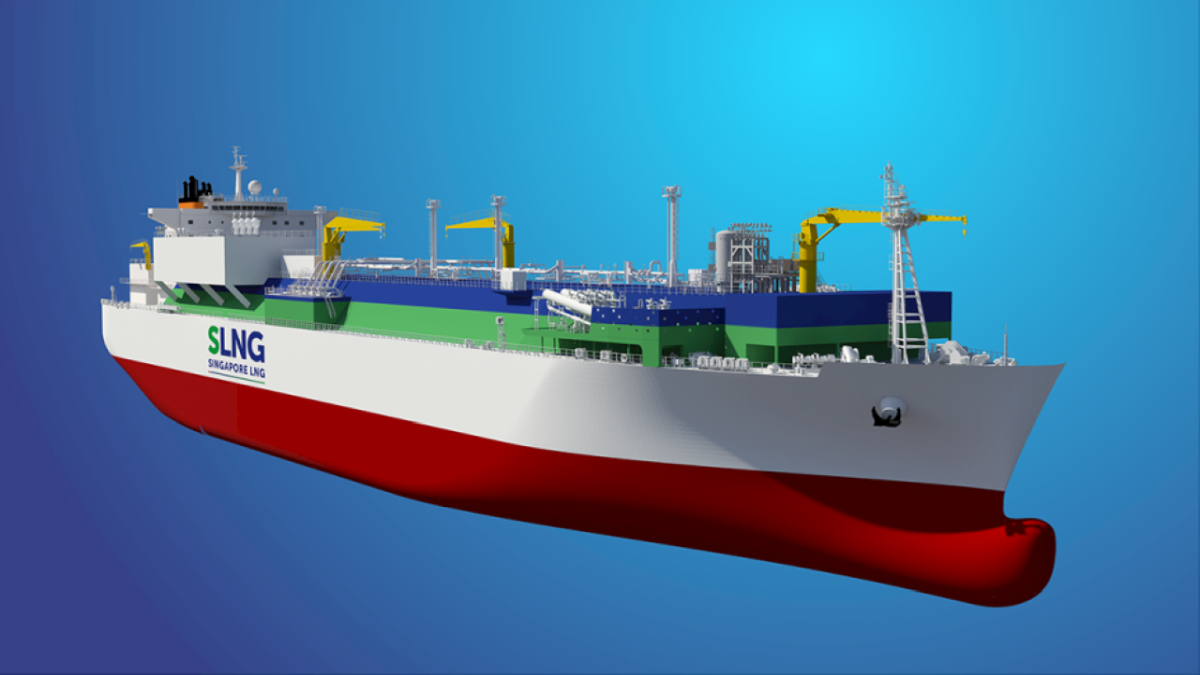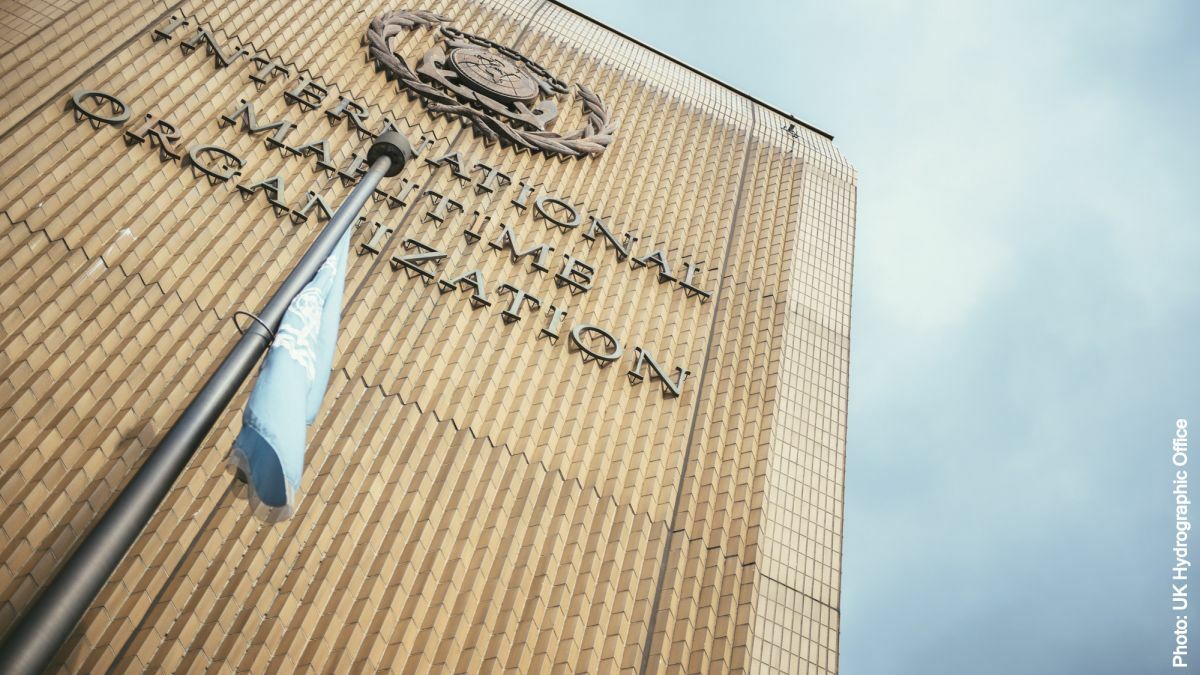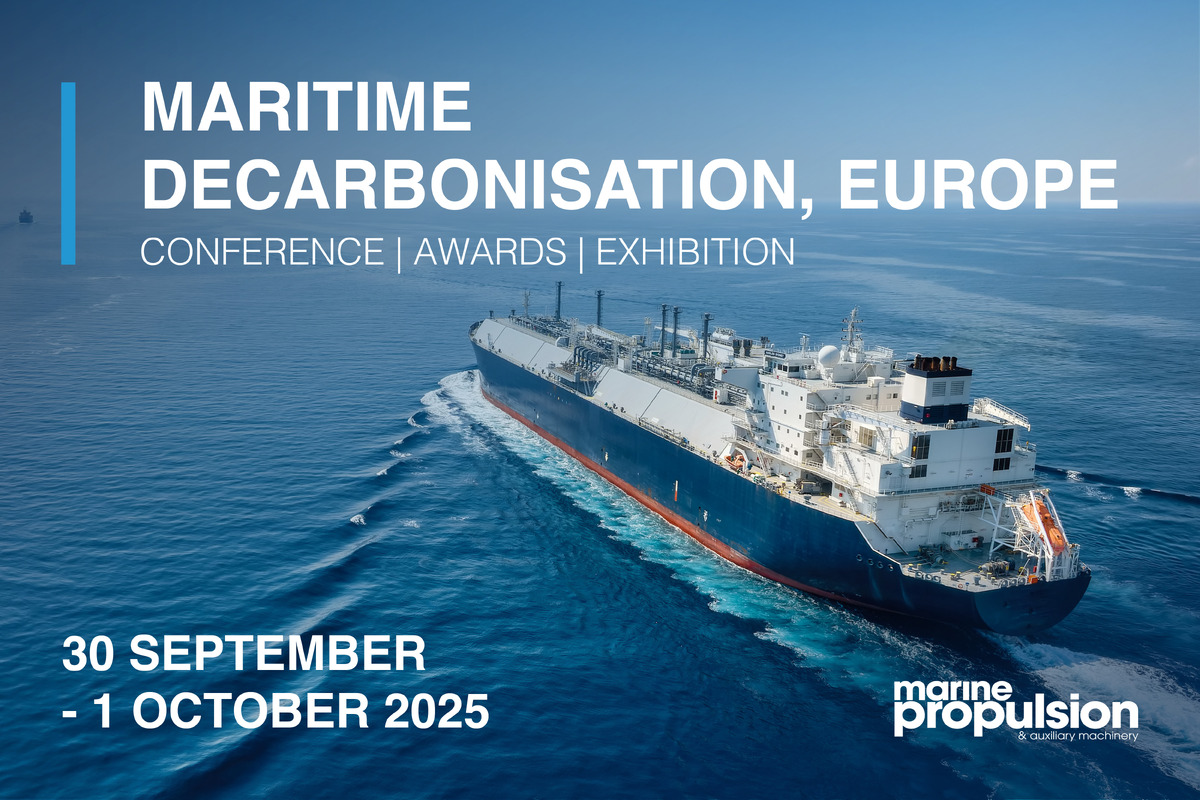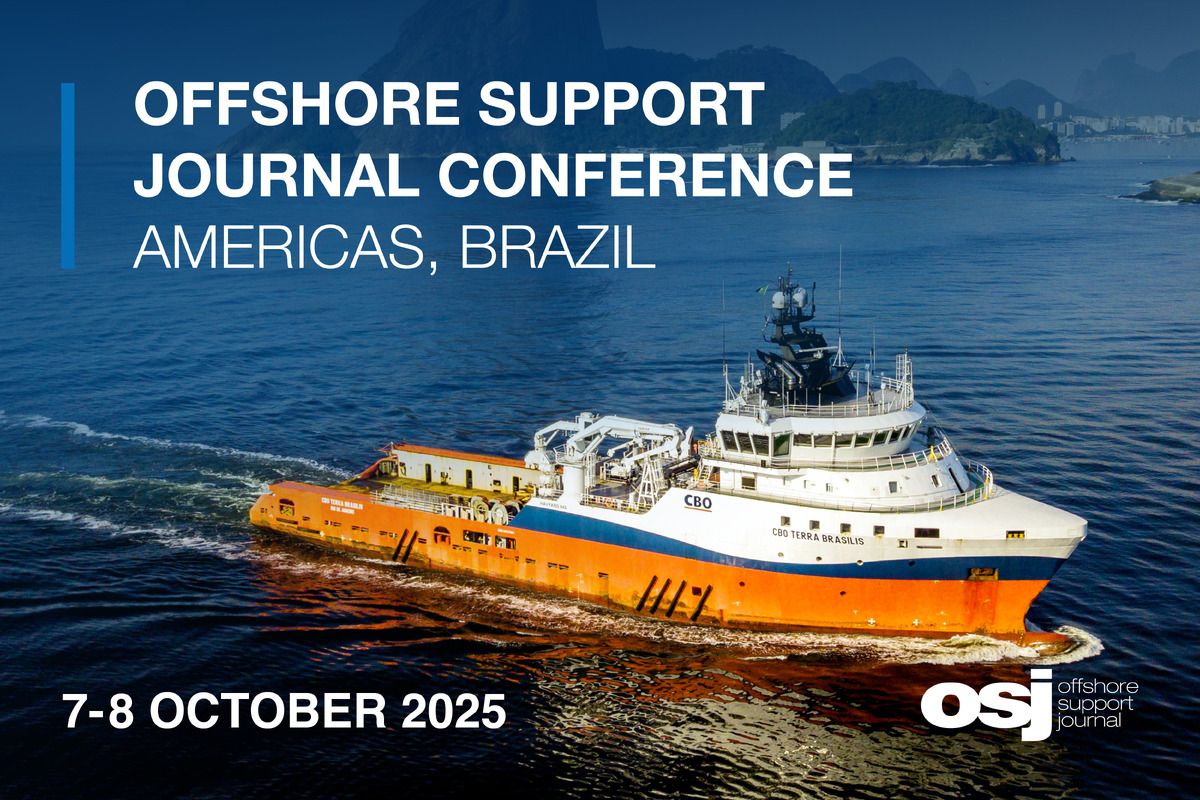Business Sectors
Events
Offshore Wind Webinar Week
Contents
Register to read more articles.
OEMs present dual-fuel engines for low-emissions tugs
Engine manufacturers are preparing to implement technology for using methanol, LNG and alternative fuels on tugboats
Three original engine manufacturers (OEMs) introduced their future tugboat engine technology during Day 3 of Riviera Maritime Media’s 27th International Tug & Salvage (ITS) Convention & Exhibition in Dubai, UAE, on 23 May 2024.
Rolls-Royce Solutions application engineer for commercial vessels, Cyrill Halbauer described the single-fuel high-speed gas mtu engines installed on the world’s first LNG-hybrid tug, JMS Sunshine, operating in Singapore.
Two of these mtu 4000 series M55RN engines have 16 cylinders in V formation and use Otto cycle, lean-burn combustion to drive an azimuth thruster with a fixed-pitch propeller, supported by an onboard energy storage module in a hybrid propulsion system.
“These engines meet IMO Tier III without aftertreatment,” said Mr Halbauer.
Enginerooms will comply with gas-safe concepts, with double-walled fuel piping and isolated tanks and preparation room. LNG is stored in a 50-m3 tank in the bow hull. On its way to the engines, LNG goes through heaters and evaporators to convert it to natural gas.
Seatrium assistant manager Vineeth Menon Nirmal said LNG Sunshine is ABS classed and compliant with IMO’s IGF Code for using low flashpoint fuels. It is used to move ships around the shipyards in Singapore.
Its motors have power take-in and take out to charge batteries using the engines and drive the stern azimuth thrusters to generate 65 tonnes of bollard pull. There is a DC bus on board, but power from shore is AC, so a transformer is needed on board.
Caterpillar is investing in bringing methanol combusting engines into commercial service within the next two years. “Methanol has a promising future in the industry as it is in the liquid phase for storage at ambient conditions, it has low carbon intensity and good energy density,” said Caterpillar global tug segment manager Andres Perez.
This OEM expects the first methanol dual-fuel Cat 3500E marine engines to be installed on tugs in 2026. This will enable owners to remain flexible in tug operations regardless of whether methanol fuel is available as they can use diesel.
“Fuel flexibility is key to future-proofing assets. This technology will enable owners to adopt their fuel of choice when the conditions are right without having to build a new asset or face cost-prohibitive retrofits,” said Mr Perez.
“Dual-fuel Cat 3500E marine engines are optimised to achieve high methanol substitution rates over a wide range of load factors, including the low load ranges that tugs operate in most of the time.”
He said a 28-m tug transiting at 8 knots requiring only 600 kW of propulsion power would achieve a methanol substitution on an energy basis above 70%. These engines will come with an aftertreatment system to remove NOx and formaldehyde from the exhaust.
Tugs built with these dual-fuel engines could be easily retrofitted for using methanol fuel when it is available without significant investment by owners.
MAN Energy Solutions is also focusing its developments on dual-fuel methanol-diesel engines for tugboats. These engines would use low pressure, port-fuel Otto cycle with a an aftertreatment system to minimise NOx and formaldehyde from the exhaust.
“These are feasible and applicable for tugs,” said MAN technical project lead Christopher Gross. There are added, adjusted and re-aligned components on this four-stroke, high-speed engine compared with MAN’s existing range. The camshaft has specific timings, while piston rings and liners, rocker arm box, intake manifold, exhaust manifold, turbocharger and automation are updated to optimise dual-fuel combustion.
The fuel tank, pumps and fuel process train would need to be prepared for methanol and piping would need to be double hulled – all based on the IGF Code.
Riviera Maritime Media’s Maritime Decarbonisation Conference, Europe 2024 will be held in Amsterdam, 24 September 2024, click here for more information on this industry-leading event
Related to this Story
Events
Offshore Wind Webinar Week
Maritime Decarbonisation, Europe: Conference, Awards & Exhibition 2025
Offshore Support Journal Conference, Americas 2025
© 2024 Riviera Maritime Media Ltd.


